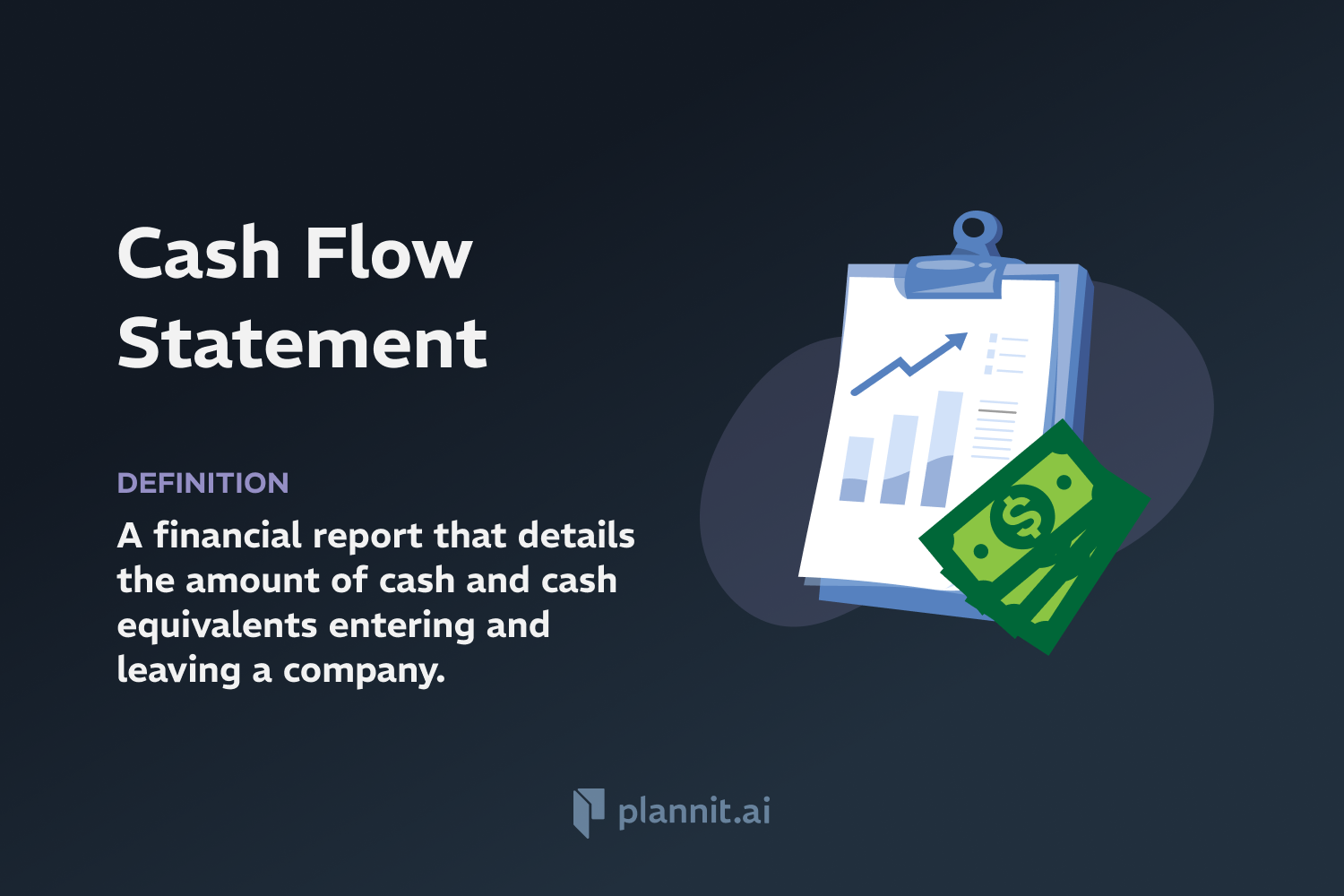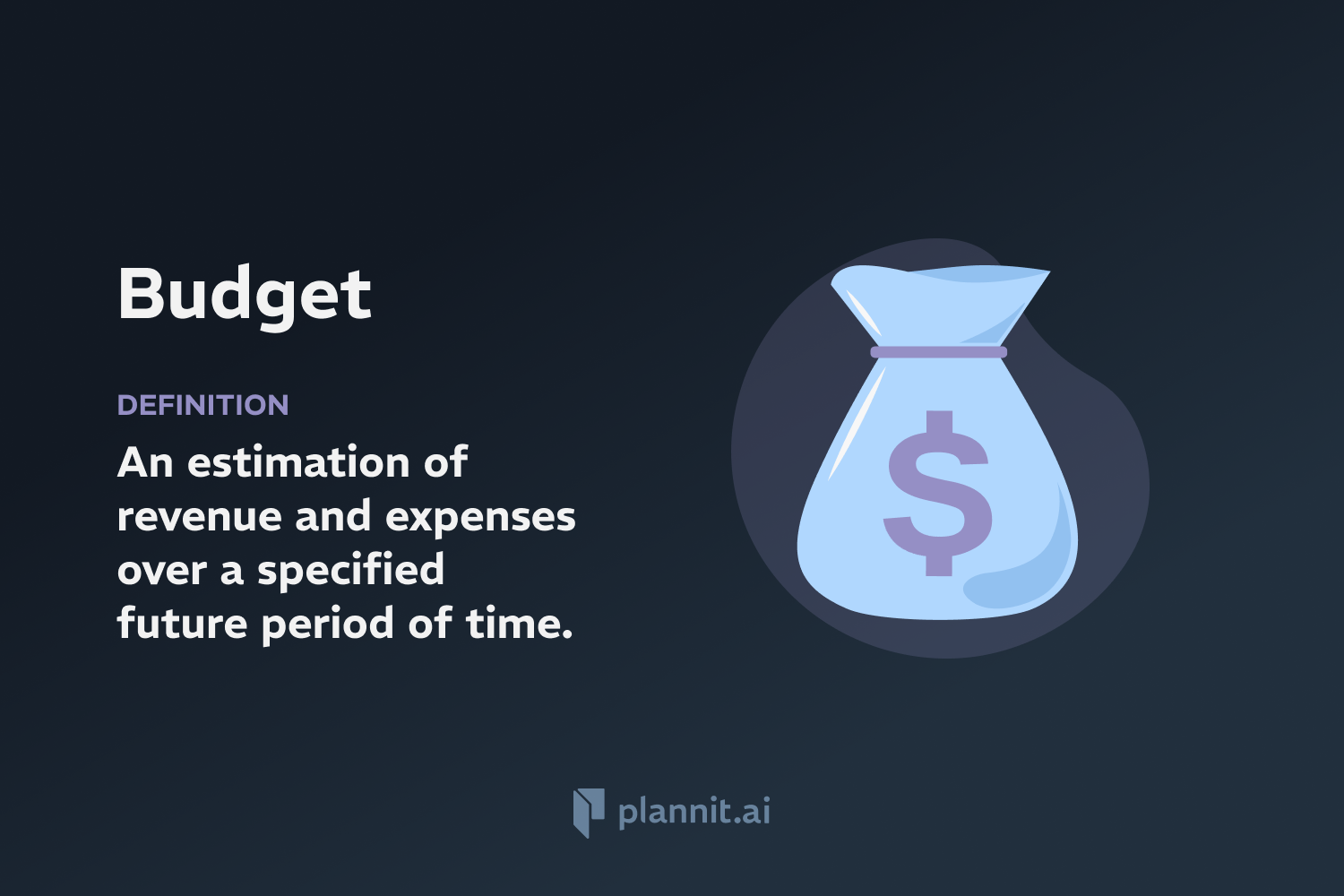Need Help With Your Business Plan?
Answer tailored questions and get a detailed business plan in minutes.
Risk Management: Definition & In-Depth Explanation
Definition:
Risk Management involves the identification, assessment, and prioritization of risks followed by coordinated efforts to minimize, monitor, and control the probability or impact of unfortunate events. This strategic process is crucial for safeguarding an organization's assets, reputation, and overall sustainability.
Context of Use:
Risk management is integral to the operations of businesses across all sectors, including finance, insurance, public health, and manufacturing. It is also a fundamental aspect of project management and IT security.
Purpose:
The primary purpose of risk management is to protect an organization from financial harm, legal liabilities, technology breaches, and reputational damage. Effective risk management ensures that a company can continue operating under adverse conditions and achieve its objectives with minimal losses.
Example:
Financial Risk Management: Financial institutions manage risks related to currency exchange, interest rates, and credit, using various financial instruments to hedge against potential losses.
Operational Risk Management: Companies might implement safety protocols and regular equipment checks to mitigate the risk of operational disruptions.
Related Terms:
Risk Assessment: The process of evaluating potential risks that could negatively affect an organization's assets and capital.
Mitigation: Steps taken to reduce the severity, seriousness, or painfulness of something.
Contingency Planning: Developing plans in advance to manage and reduce the impact of potential adverse events.
FAQs:
1. What are the key steps in the risk management process?
A: The key steps include risk identification, risk analysis, risk evaluation, risk treatment, and monitoring and review.
2. How does risk management benefit an organization?
A: It helps organizations minimize losses, improve decision-making, enhance business operations, and maintain financial health.
3. Can risk ever be completely eliminated?
A: It is impossible to eliminate all risk; therefore, risk management focuses on understanding and managing risk to acceptable levels relative to the organization's objectives.
4. What tools are used in risk management?
A: Tools used in risk management include risk registers, risk matrices, software applications, and financial derivatives.
5. What is the difference between risk management and crisis management?
A: Risk management is proactive, focusing on identifying and mitigating potential risks before they occur, while crisis management is reactive, dealing with the response to events after they have happened.
Get funding with a business plan that will impress investors.
Starting a New Business?



